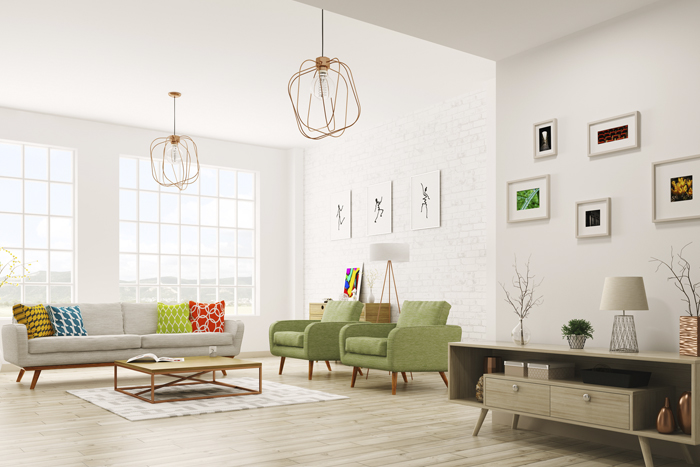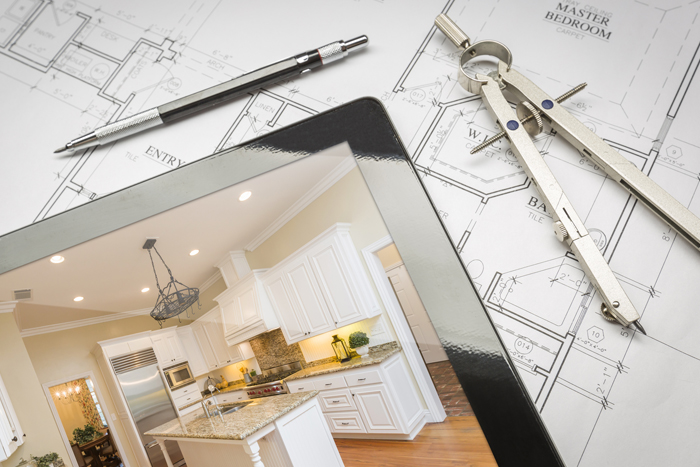5 Ways To Stretch A Small Space
Much has been written about shrinking living space. It’s true that large, spacious homes are becoming out of reach for many. Apartments and townhouses are, of course, notorious for challenging the space-planning ingenuity of the most skilled professional.
There are, however, some simple space-stretching solutions that can help push out walls without moving a single board.
Mirrors:
Optical illusions, after all, are a time-honored way to make a lot out of a little. And a mirror placed opposite a large window or a door will not only give the illusion that there is an additional architectural feature in the room but will provide another source of natural light by increasing the “windows” in the room. To heighten the illusion, mount the mirror on the wall and put tieback drapery at the sides.
At sinks, mirrors used as backsplash will catch any available light in the room. That enhances the feeling of space.
Doors can disappear behind full-length mirrors hung without seams. Of course, care must be taken to select hardware that will not draw attention. The best would be shiny chrome or Lucite to blend with the mirror. This works not only in contemporary homes but in traditional ones as well.
Stripes:
Stripes draw the eye to stretch space. Used in a hallway, they can increase the length, width or height. If the hall is too short, running stripes horizontally will seem to lengthen it. Running the stripes vertically will make the hall look higher, and running the stripes horizontally across the width only on the back wall will make the hall seem wider.
On the floor, stripes can do many of the same things as on the walls. But there is an additional bonus in using them underfoot: by creating the desired illusion with the floor stripes, you are free to try other treatments on the walls.
Paint and Patterns:
Paint is one of the least expensive ways to change the appearance of the spaces in your house. Dark colors can make spaces look smaller. That’s true, but they can also help camouflage architectural flaws. Light tones will increase the appearance of space and make the ceiling or walls seem further away, effects to keep in mind if you have a low ceiling of small rooms. A light color will push the wall away while a dark one will bring it closer.
Patterns and prints can unify rooms with poor architectural features. When you have lots of jigs, instead of one long straight wall, a small pattern, used throughout, distracts the eye from the bad features.
Ingenuity:
Home office space can be created by converting a rarely used closet into a study/work area.
Rarely used dining rooms can become multifunctional home offices with the use of space-saving wall systems that store dining-room supplies as well as computer, typing, filing and other office equipment. Similarly, such systems can provide dual-purpose storage for master bedrooms and family rooms. Multifunctional tables can also meet a variety of needs in dining or family rooms. A series of small square tables can be used separately or together for various activities: games, intimate dinner parties or large family get-togethers are all possible in the same space.
Dual-purpose furnishings such as a drop-leaf sofa table can make a small living room into a dining room or office with the table in its extended position.





